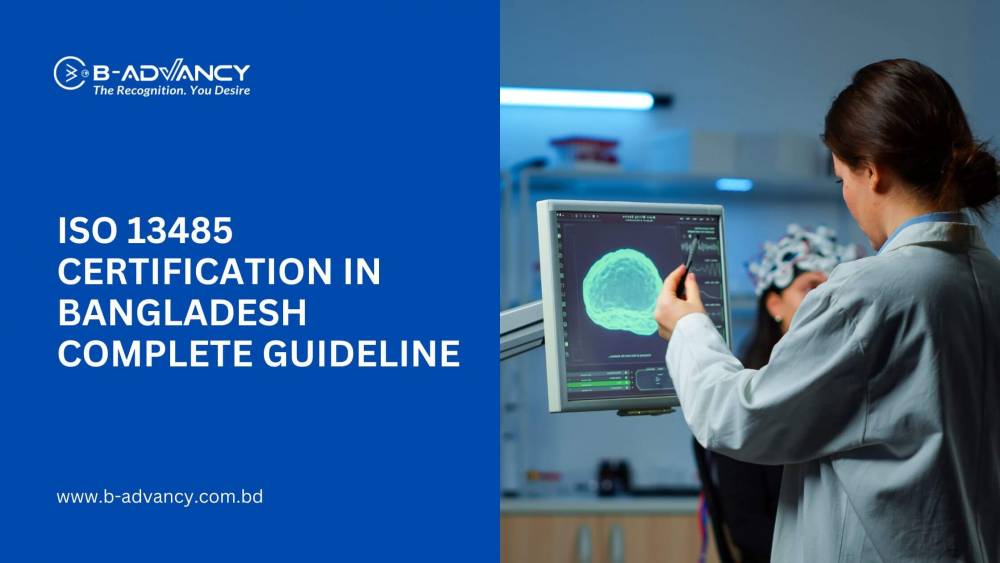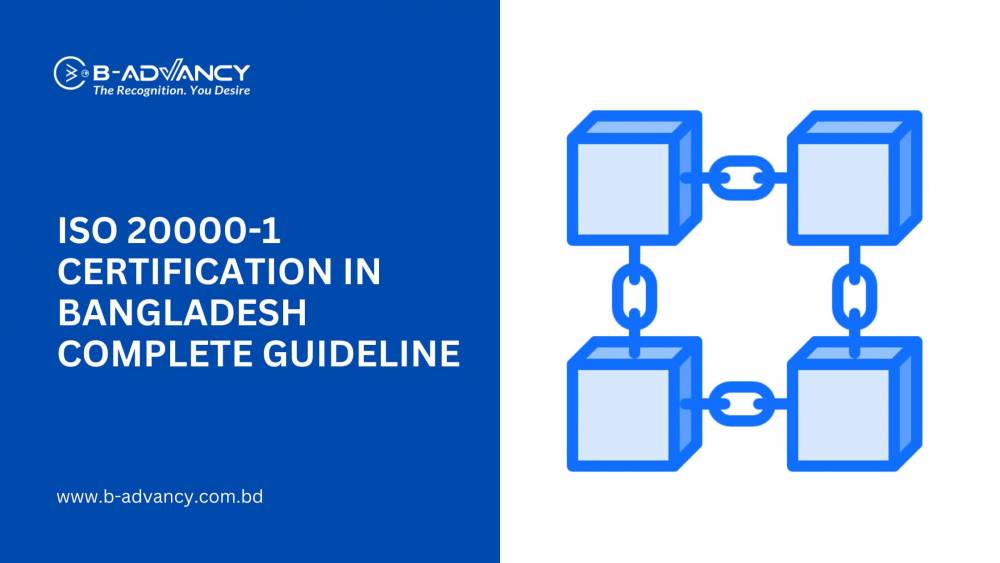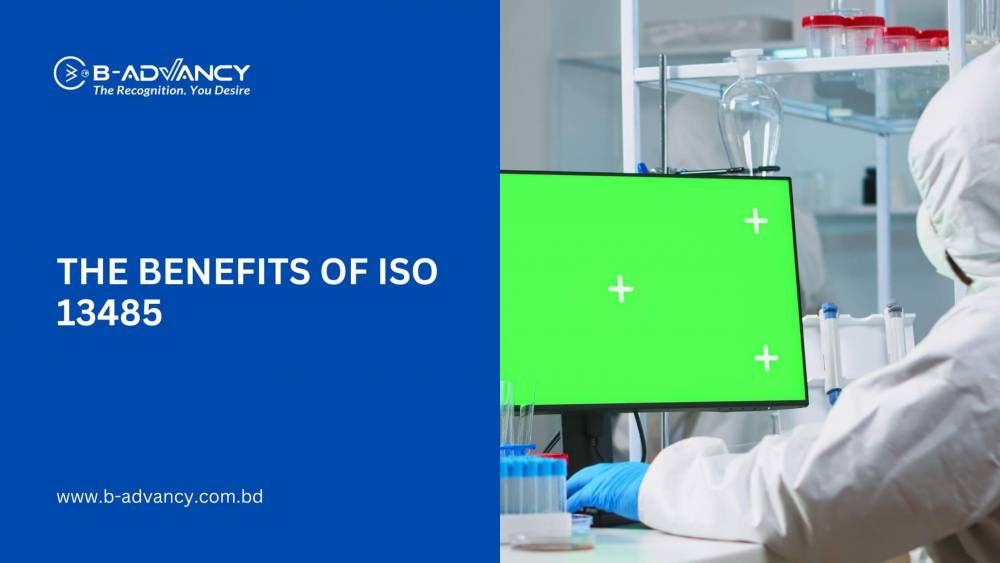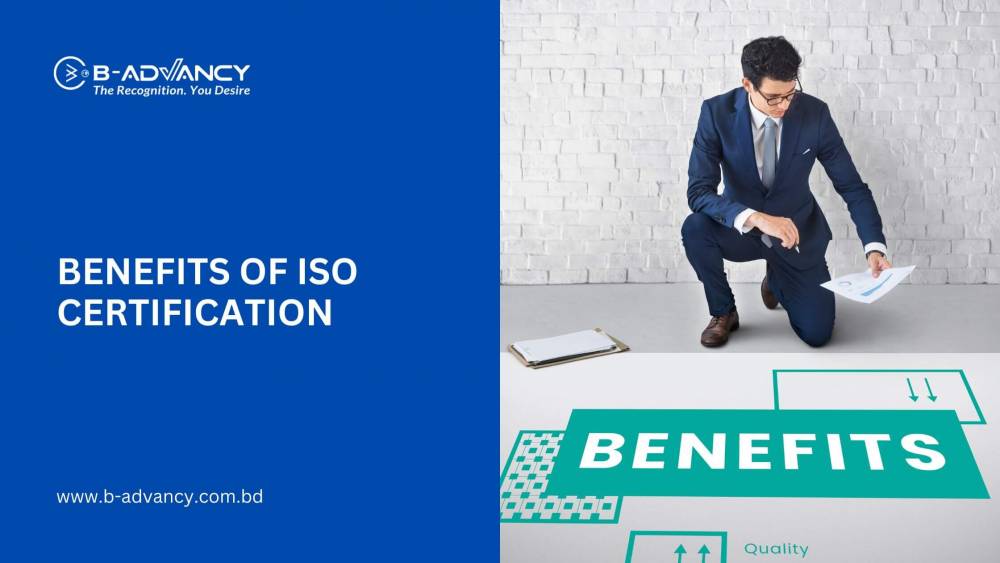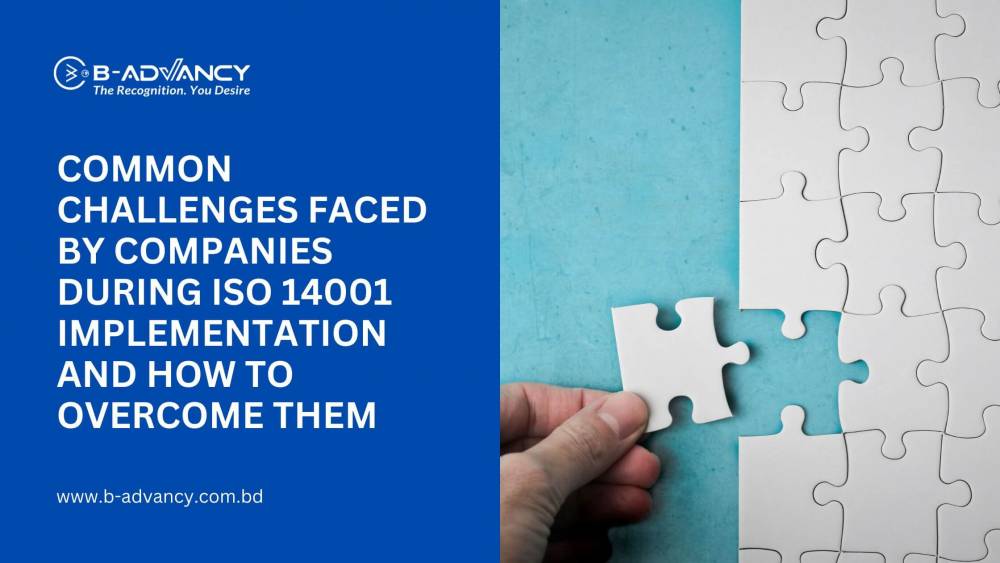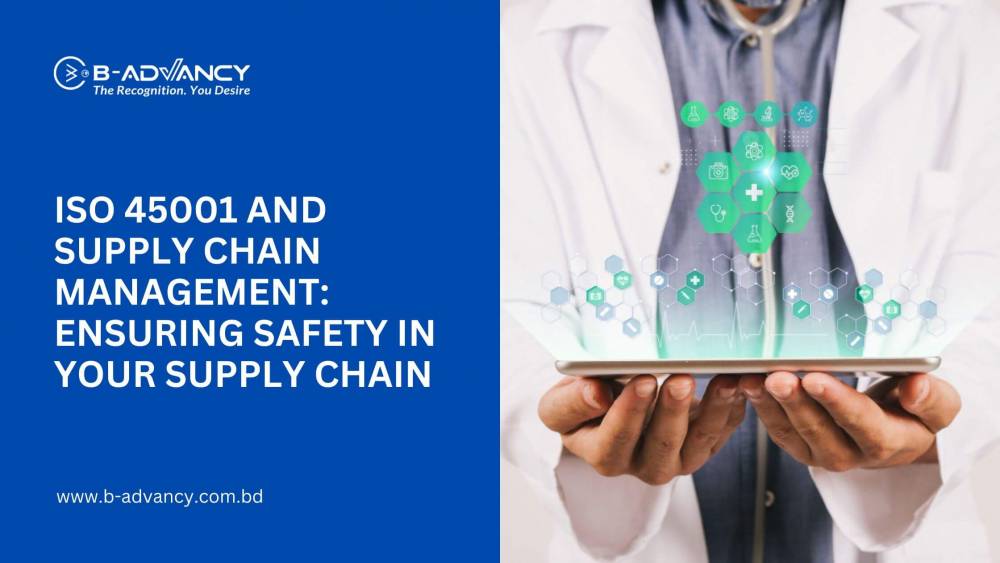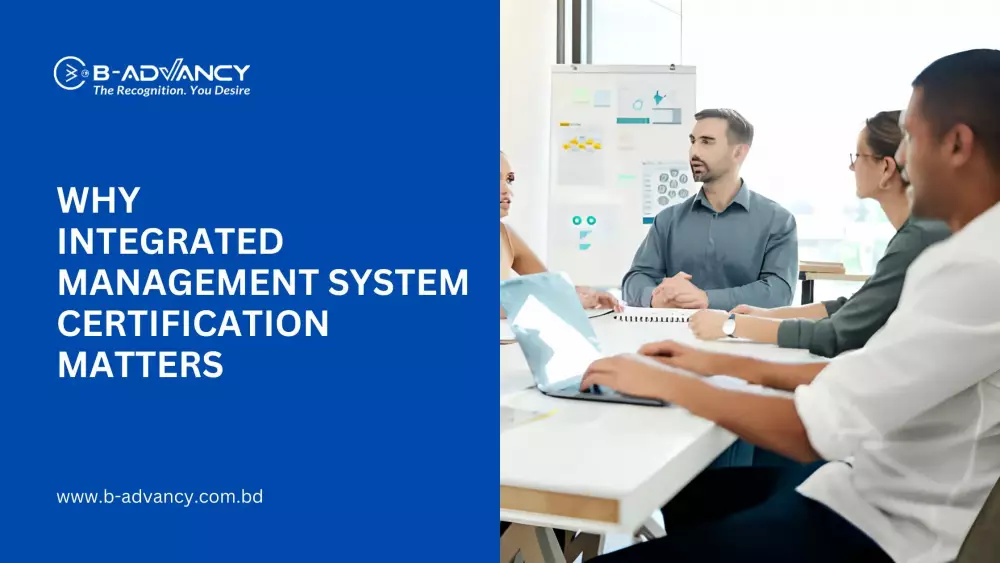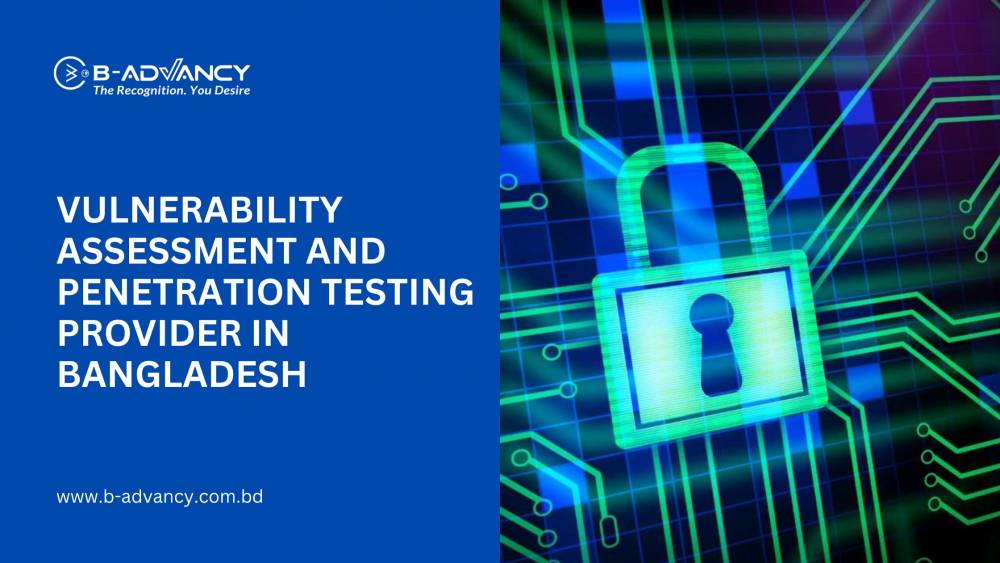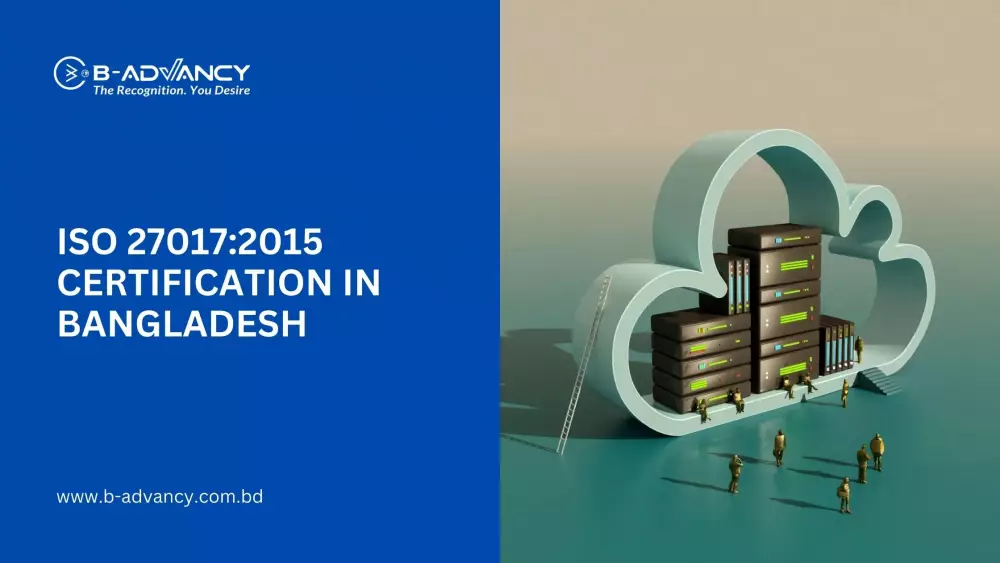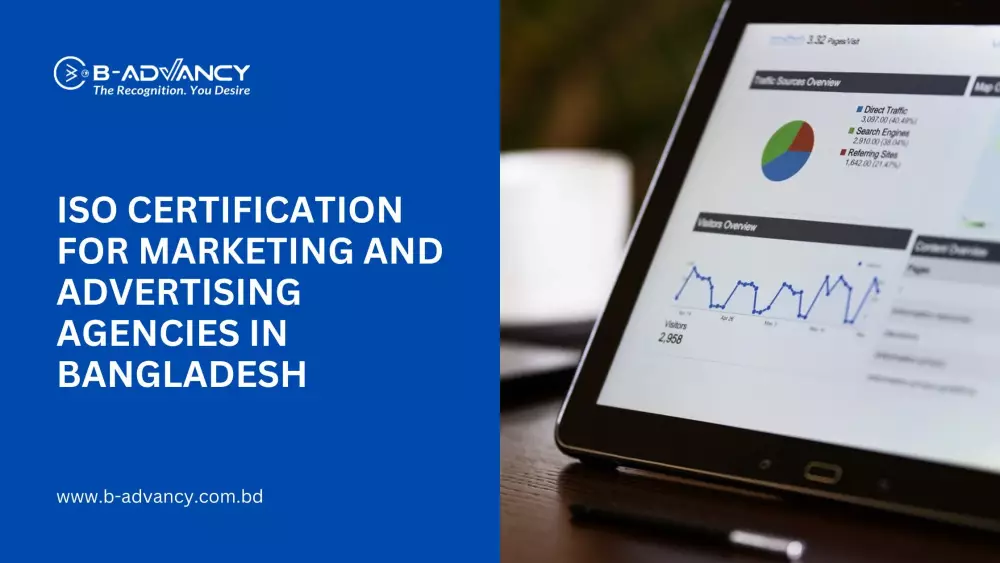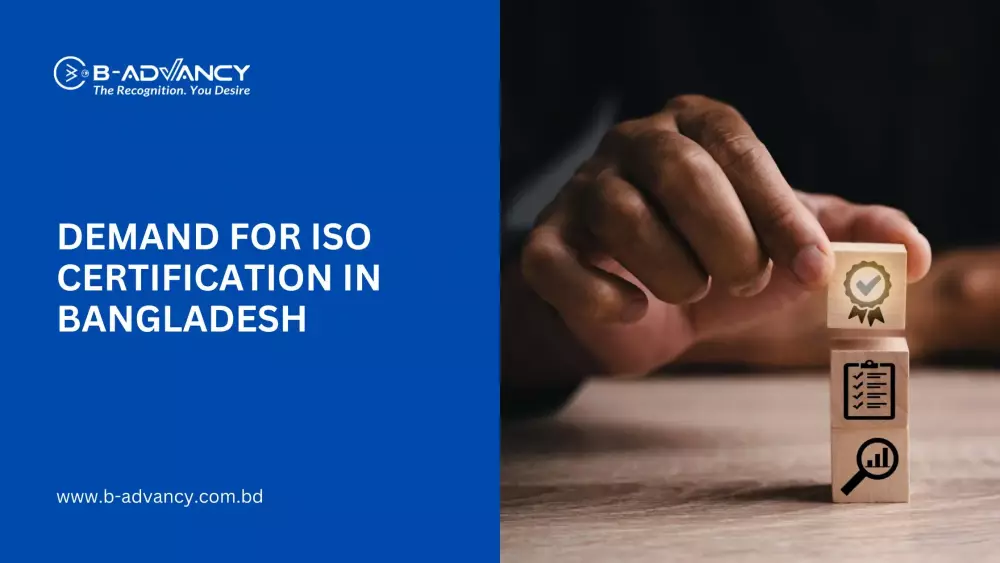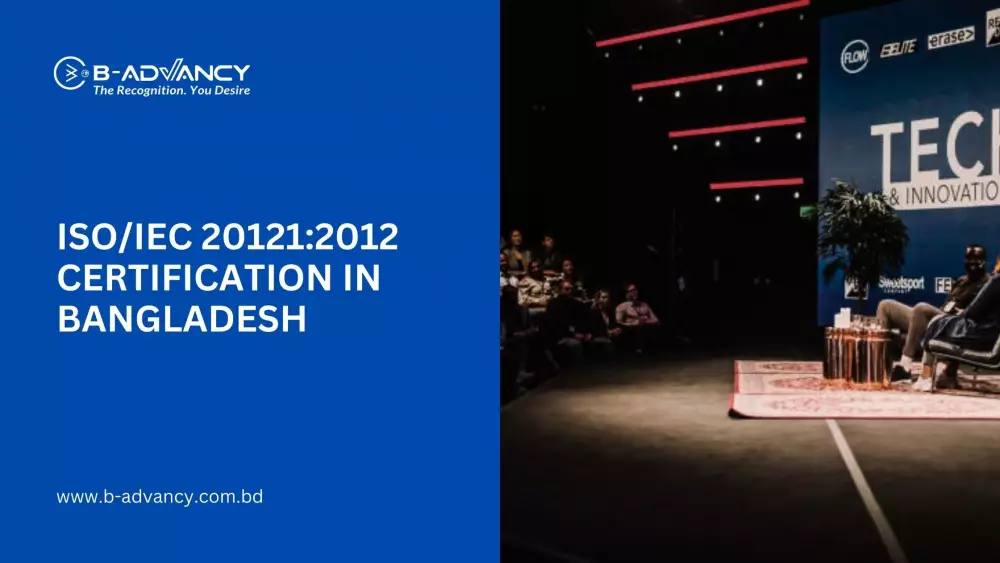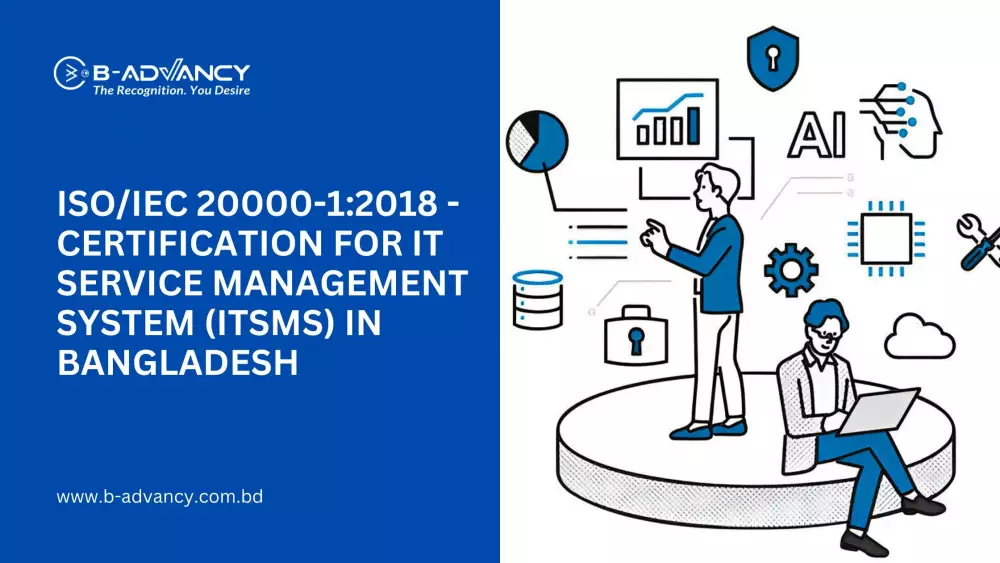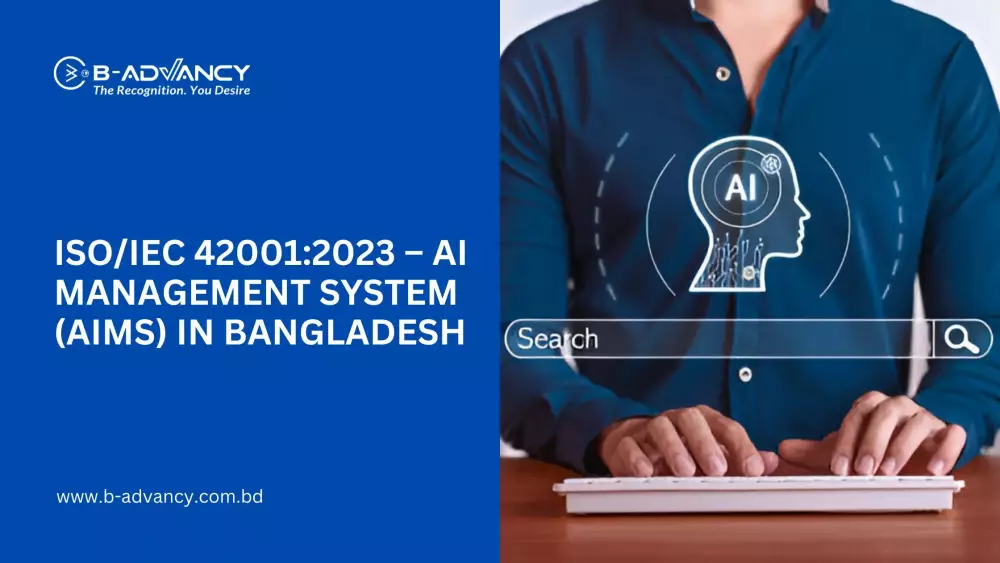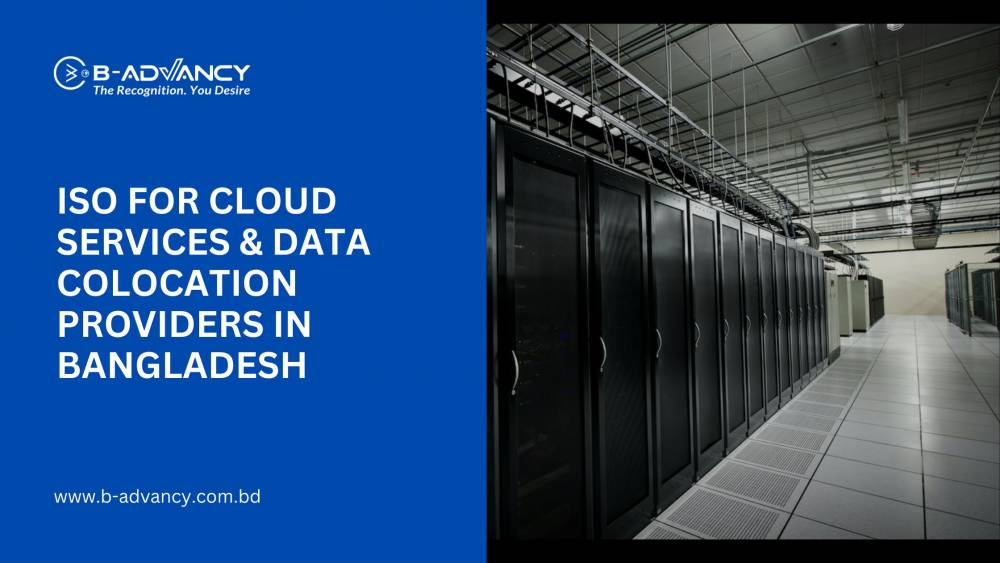Information security is a critical concern for organizations of all sizes and industries. With the increasing frequency and sophistication of cyberattacks, it is more important than ever to have an effective information security management system (ISMS) in place. One such framework for implementing an ISMS is ISO 27001, which provides a comprehensive approach to information security. In this blog, we will explore the steps involved in implementing an effective ISMS with ISO 27001 and the benefits it brings to businesses.
Understanding ISO 27001
ISO 27001 is an internationally recognized standard that provides a framework for the development, implementation, and maintenance of an ISMS. The standard specifies the requirements for an ISMS to protect sensitive information and ensure the confidentiality, integrity, and availability of information assets. It is based on the Plan-Do-Check-Act (PDCA) cycle, which involves continuous improvement of the ISMS through four stages: plan, do, check, and act.
Steps for Implementing an Effective ISMS with ISO 27001
Step 1: Define the Scope and Boundaries of the ISMS
The first step in implementing an ISMS with ISO 27001 is to define the scope and boundaries of the system. This involves identifying the assets that need to be protected and the threats and vulnerabilities that may impact them. For example, an e-commerce business may need to protect customer data, while a healthcare provider may need to protect patient health information.
Step 2: Conduct a Risk Assessment
The next step is to conduct a risk assessment to identify the potential risks and their likelihood of occurrence. This involves analyzing the vulnerabilities of the assets and the threats that could exploit them. For example, a risk assessment for a financial institution may identify the risk of a data breach due to unauthorized access by hackers.
Step 3: Develop and Implement Security Controls
Based on the risk assessment, the organization needs to develop and implement security controls to mitigate the identified risks. This may include technical measures such as firewalls, encryption, and access controls, as well as organizational measures such as policies and procedures. For example, a business may implement two-factor authentication to prevent unauthorized access to sensitive data.
Step 4: Establish a Management Framework
ISO 27001 requires the establishment of a management framework to ensure the effective implementation and continuous improvement of the ISMS. This involves appointing a management representative to oversee the ISMS and setting up a system for monitoring, measuring, and reporting on the effectiveness of the system. For example, a business may conduct regular audits to ensure compliance with ISO 27001 standards.
Step 5: Monitor, Review and Continuously Improve
The final step is to monitor, review, and continuously improve the ISMS. This involves ongoing monitoring and evaluation of the system’s performance and effectiveness, as well as regular reviews and updates to the system to ensure it remains relevant and effective. For example, a business may conduct regular penetration testing to identify vulnerabilities in the system and address them proactively.
Benefits of Implementing an Effective ISMS with ISO 27001
Implementing an effective ISMS with ISO 27001 brings numerous benefits to businesses, including:
➤ Enhanced Information Security: ISO 27001 helps businesses identify and address potential security risks, resulting in improved protection of sensitive data and reduced risk of data breaches.
➤ Compliance with Legal and Regulatory Requirements: Implementing ISO 27001 can help businesses meet legal and regulatory requirements for information security, reducing the risk of fines and legal action.
➤ Improved Business Continuity: An effective ISMS with ISO 27001 helps businesses ensure the availability of critical information assets, even in the event of a disruption or disaster.
➤ Competitive Advantage: Businesses that implement ISO 27001 can demonstrate their commitment to information security and differentiate themselves from competitors who do not have such systems
Challenges in Implementing an Effective ISMS with ISO 27001
Implementing an effective ISMS with ISO 27001 is not without its challenges. Some common challenges businesses may face include:
➤ Lack of Resources: Implementing and maintaining an effective ISMS requires resources, including personnel, technology, and financial resources. Organizations with limited resources may struggle to implement ISO 27001 effectively.
➤ Resistance to Change: Implementing an ISMS with ISO 27001 requires a significant shift in organizational culture, including changes to policies, procedures, and practices. Some employees may resist these changes, making it difficult to implement the system effectively.
➤ Complexity of the Implementation Process: The process of implementing ISO 27001 can be complex, requiring careful planning, risk assessment, and the development of security controls. The complexity of the process can make it challenging for organizations to implement the system effectively.
Real-World Examples of Effective ISMS Implementations
Despite these challenges, many organizations have successfully implemented an ISMS with ISO 27001 and reaped the benefits of enhanced information security. For example, in 2019, Accenture, a global professional services firm, announced that it had achieved ISO 27001 certification for its cloud-based DevOps platform. The certification demonstrated the company's commitment to information security and helped it differentiate itself from competitors in the market.
Another example is the case of the National Health Service (NHS) in the UK. The NHS implemented an ISMS with ISO 27001 to protect patient data and comply with legal and regulatory requirements. The system helped the NHS identify and address potential security risks, resulting in improved protection of sensitive data and reduced risk of data breaches.
Conclusion
In conclusion, an effective ISMS with ISO 27001 is an essential component of information security for businesses of all sizes and industries. By following the steps outlined in this blog, organizations can implement a comprehensive ISMS and reap the benefits of enhanced information security, compliance with legal and regulatory requirements, improved business continuity, and competitive advantage. While there may be challenges in implementing ISO 27001, the benefits far outweigh the costs, and businesses that implement an effective ISMS with ISO 27001 will be better positioned to protect their sensitive data and maintain their competitive edge in the market.













